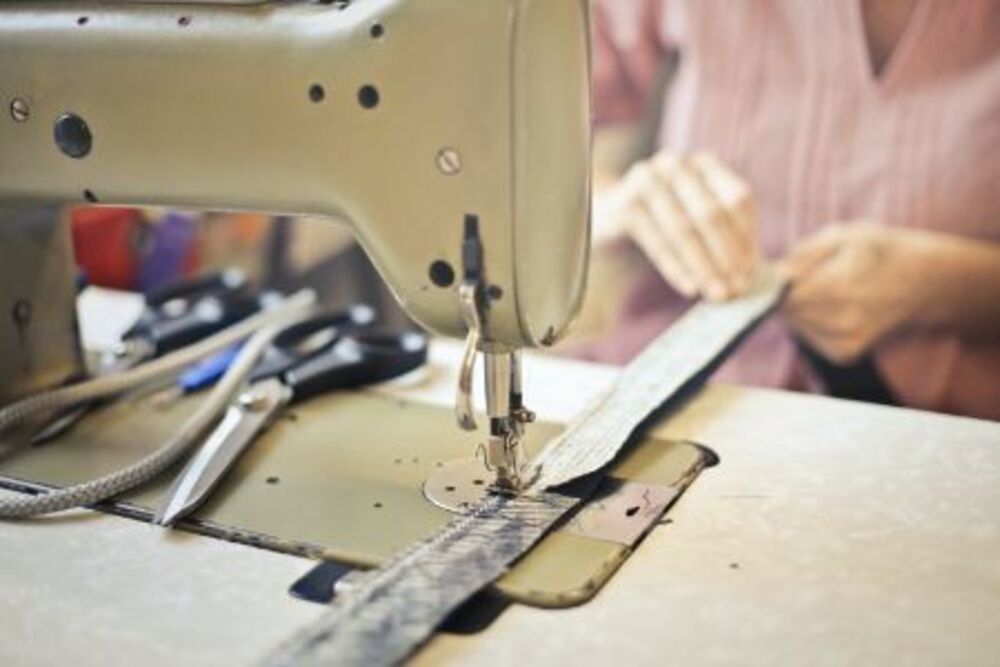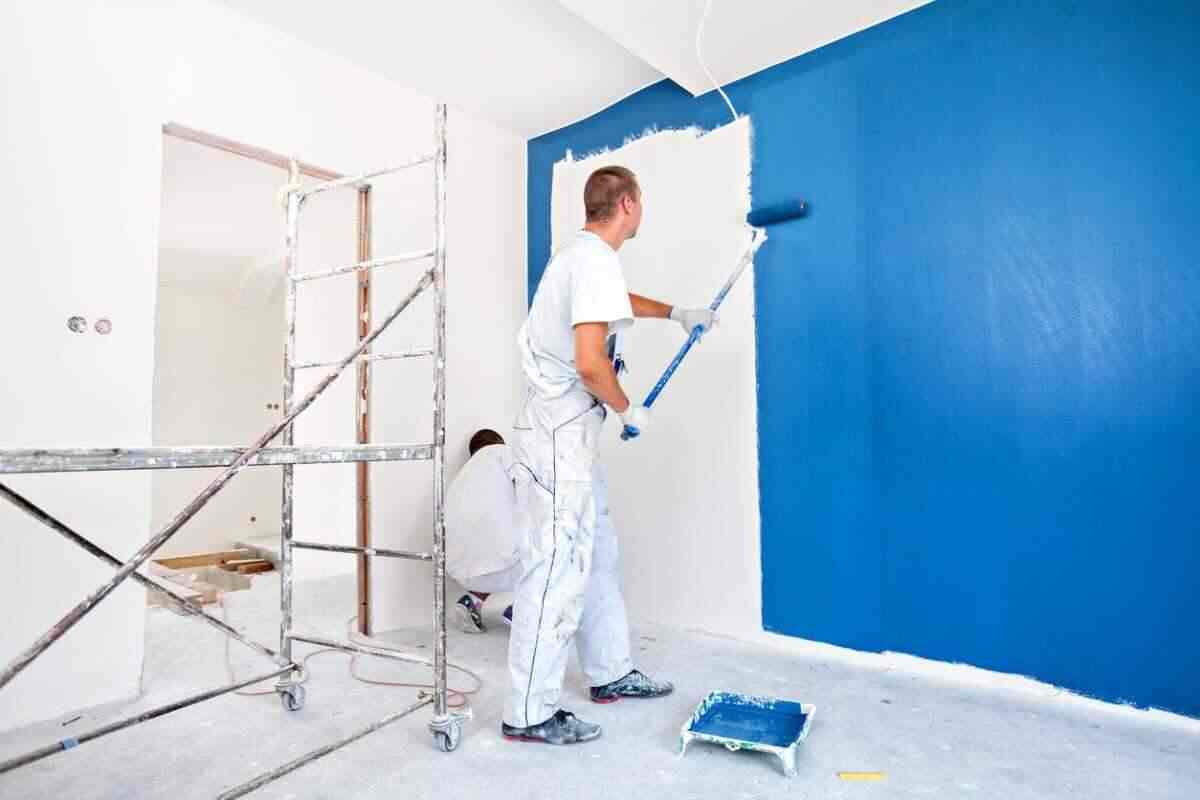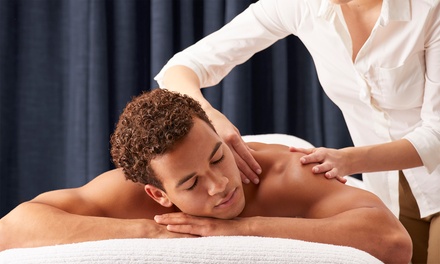Sewing machines allow people to craft clothing, crafts and home decor without the help of professionals. No matter whether it is your first time sewing or not, understanding all of its parts will prove useful in creating clothing, crafts and decor items for yourself or as gifts for others.
A slide plate is a movable rectangular plate designed to cover bobbin cases and help operators set them. Furthermore, this helps facilitate easy removal without raising needles during operations.
Thread Guide
Thread guides resemble small hooks or screws and guide thread through your machine for proper stitching, while also helping prevent tangling, breakage or tension issues. Find out more about embroidery machine for beginners.
High-quality sewing thread is clearly labeled with information such as fibre content, manufacturer and colour number (which will come in handy should it run out). In addition, plies count and thickness — known as weight — is noted.
Nylon industrial thread comes in various weights for different applications. Nylon thread is often the best choice when exposed to sunlight, such as outdoor cushions and furniture that will get heavy sun exposure; Kevlar thread can withstand extremely strong sunrays better and is widely used for firesuits and rock-climbing gear, among other uses.
Bobbin Case
The bobbin case serves to house your thread during stitching on your machine, performing an invaluable function in doing so. While its size may seem unassuming, this tiny component does a lot of hard work!
Cases contain the bobbin, which is a circular piece of plastic or metal used to produce lock stitch stitches.
Adjusting bobbin case tensions on an ongoing basis requires precision. Adjustments may differ between brands of machines; an effective tip would be keeping some extra bobbin cases handy to accommodate different thread weights.
Needle Plate
The needle plate is the metal plate that sits under your machine’s presser foot and needle, featuring holes and slots through which the needle passes as it stitches fabric. A standard plate has an elongated opening in order to accommodate wide stitches (5mm, 7mm or 9mm).
The needle plate features a smooth surface to help fabric glide more freely during sewing. Lint and debris may accumulate in its holes, leading to uneven stitches; regular cleaning of these holes is therefore key for effective performance.
Needle Clamp Screw
This screw holds the needle clamp onto the needle bar. To secure your needle, tighten this screw. Additionally, this screw serves as a needle stop; its mount lies at the rear of the clamp before wrapping around to its front side – though its appearance may differ slightly than what came with your machine.
This metal plate sits beneath the needle and presser foot, and features notches with little lines on them to help you sew straight lines more easily. Some machines refer to this component as the throat plate.
Throat Plate
The throat plate sits beneath your sewing machine’s needle and bobbin case, featuring a small hole for thread to exit while also allowing needle passage through to create stitches. Additionally, there are notches located to the right of presser foot which serve as guides for seam allowance and straight line stitching.
Throat plates can be removed for thorough cleaning of your sewing machine, especially the throat plate, which should be done regularly to avoid thread and fabric build-up that can lead to distorted stitches over time.
Feed Dogs
Feed dogs – the metal teeth-like ridges that protrude from your sewing machine’s throat plate and grip fabric as you sew – help ensure a uniform stitch quality, while disengaging them via lever or button presses allows more freehand sewing techniques such as darning and quilting. Keeping the feed dogs “up” ensures this. Keeping them “up” also helps ensure your stitch length remains uniform throughout. While keeping them “up” helps maintain consistency; keeping them “low” disengages them, disengaging allows more freehand sewist techniques such as darning and quilting.
Having trouble with your feed dogs? Referring to your machine manual for guidance in adjusting them may help, as well as using the appropriate presser foot for your project type.
Thread Tension
Thread tension on sewing machines ensures an even and neat stitch by interlacing lower and upper threads in fabric at different places, so as to create an even stitch length across fabric. As tension levels increase, so will stitch tightness.
Older machines utilize two metal discs that regulate thread tension with springs. A dial or knob controls this tension; more advanced models use computers instead to manage tension regulation. By increasing the number on either of the tension regulators dial or knobs, stitch tension increases and tightening increases accordingly.
If there’s a mess on the underside of your fabric, that means your upper thread may be too loose and is pulling too tightly on your bobbin thread. Try decreasing tension settings by one number before sewin again.



